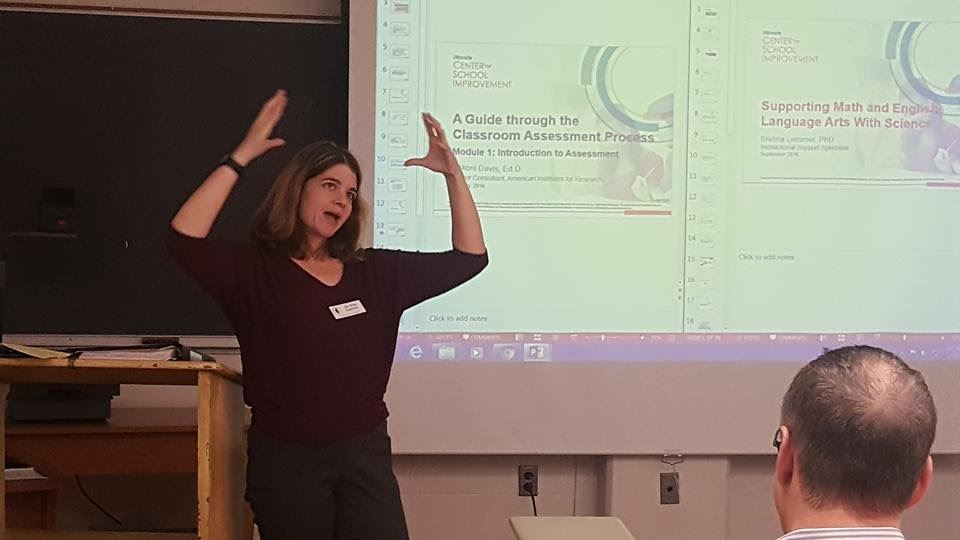Professional Learning Blog Center |
ISTA BL |
Meet ISTA Bloggers
Instructional Practices in NGSS
If you have any questions regarding the information shared in these blogs, contact her at: istaprofessionallearning@gmail.com |
Dear Dr. Dina...
Dr. Bredina Lemmer is the ISTA Director of Assessment and an instructional support specialist with the American Institutes for Research (AIR). She works with schools and districts on implementing the Next Generation Science Standards and will share research and resources to address a variety of questions she encounters from teachers and admin like you.
|
.jpg)
 I
I